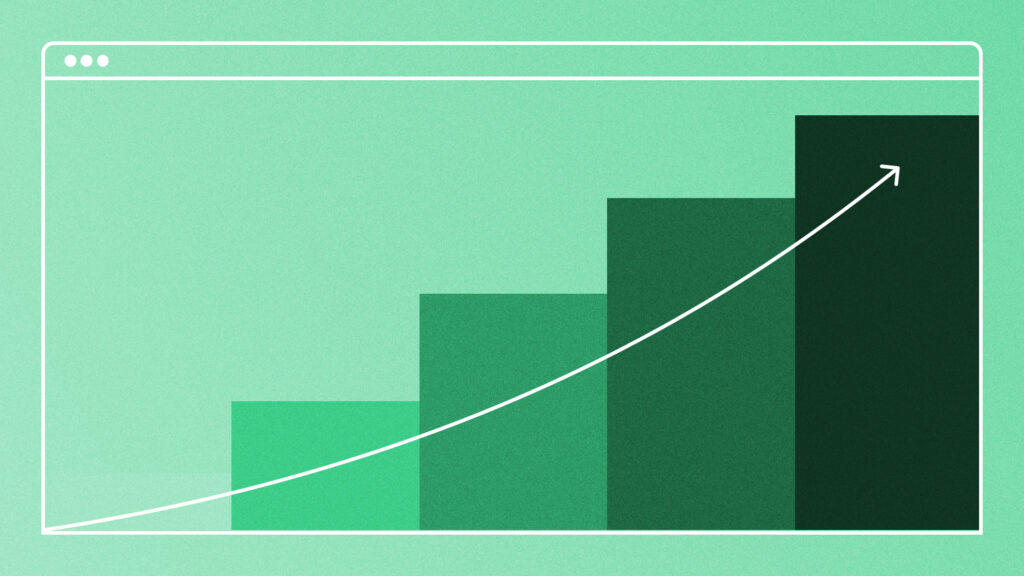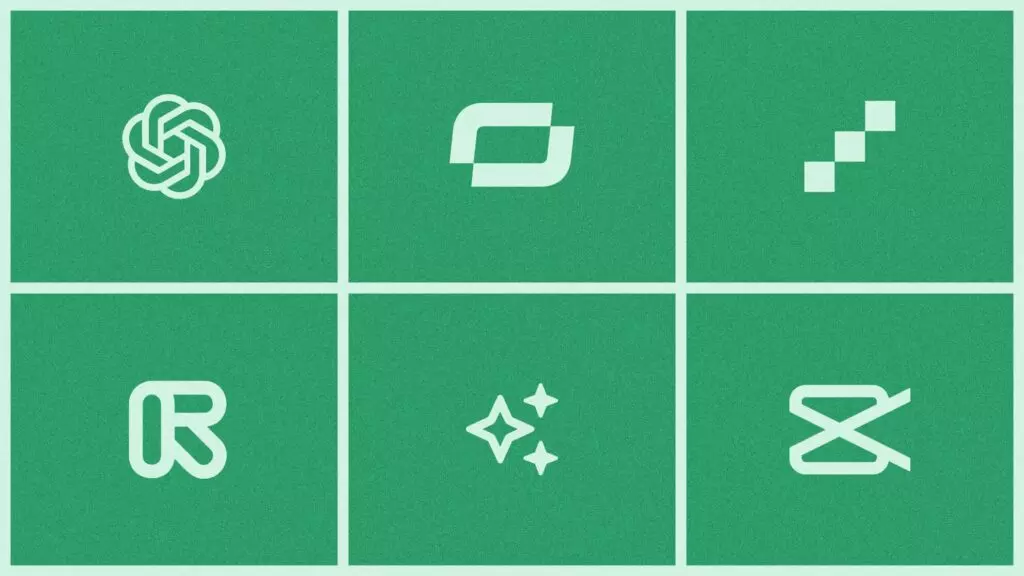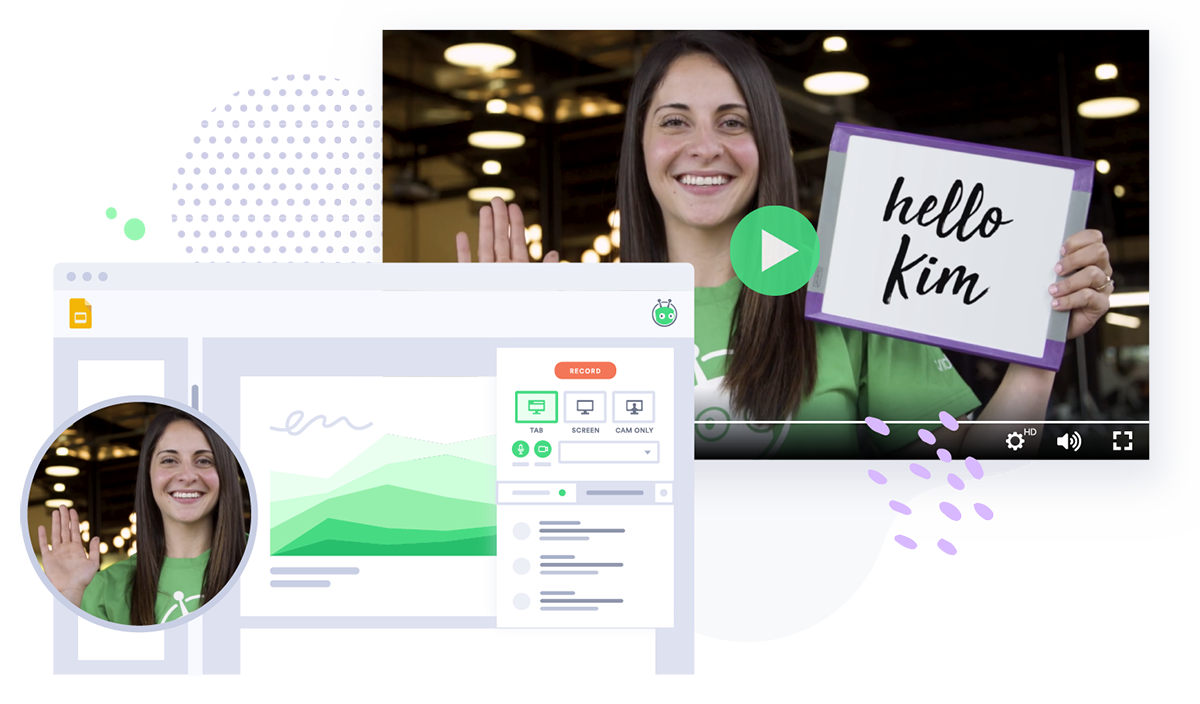Fantastic Video Podcasts and How to Record Them
September 3, 2019·7 min read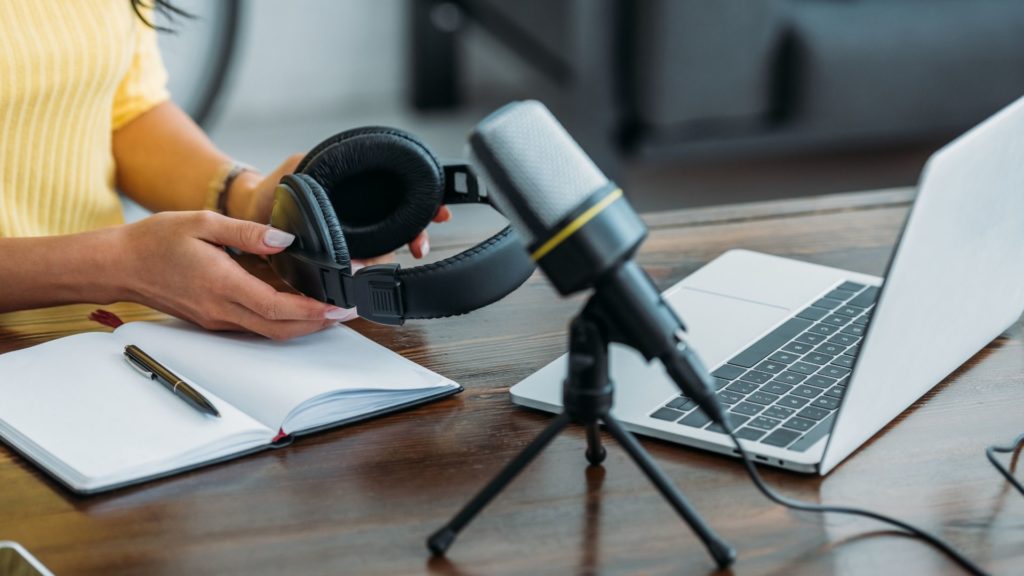
Video podcasts are becoming increasingly popular in our social media-obsessed world. Read on to learn three easy formats you can use to add video to your new or existing podcasts.
It seems like everyone, and their dog has a podcast these days. The average podcast listener tunes in for an average of 6.5 hours each week.
All of this means podcasts are a great opportunity to engage with new audiences as a brand. But with so much content available, it’s important to consider how you can promote your awesome new podcast to stand out from the crowd.
The golden ticket to viral popularity is still social media, where video is the preferred format. YouTube’s audience alone is 2 billion users and counting. Plus, 43% of monthly podcast listeners say they listened to podcasts on YouTube. Podcast teams are just starting to realize how they can leverage video to reach new audiences. Luckily the two formats go hand in hand, and it’s easier than ever to record podcast episodes with video.
Vidyard has experience running different video podcasts, and we’ve tested the waters of this uncharted territory through trial and error. So if you’re unsure of how to get your podcast going with video, read on. I’ll help you choose the right video podcast format for your business.
- Contents
- Video Podcasts: 3 Questions to Ask Before Getting Starting
- Video Podcast Formats to Choose From
- Going Forward with Your Video Podcast
Video Podcasts: 3 Questions to Ask Before Getting Starting
Think a video podcast might be right for you? Before you start, ask yourself the following questions.
1. What is the video podcast about?
The first thing to do is identify your niche and stick to it. If you veer off-topic, your audience might get confused or feel left out. It would be pretty confusing if the next episode of “My Favorite Murder” was a review of their favorite pizza place. That is unless a murder had happened there. An audience will only stay with you if they can rely on consistent content from week to week.
2. Who will host the podcast?
I’m sure you and your friends or co-workers are hilarious, but you also have to have something to offer. For example, on the first listen, the 2 Dope Queens podcast sounds like two friends chatting about current issues with cool interviewees. However, Phoebe Robinson and Jessica Williams are actually highly experienced comedians with backgrounds in feminist theory. Make sure your hosts match well with your chosen topic if you want your podcast to last!
3. How will you format each episode?
From rom-coms to pop songs to talk shows, every piece of content follows a format to present unique information within a familiar structure. No matter what your podcast is about, content is more digestible to an audience if they know what to expect. Choosing the right format will depend on your hosts, topics, resources, and goals.
Video Podcast Formats to Choose From
Now that you’ve figured out your podcast’s direction, it’s time to choose a format that will work well for video and audio both. There are a few popular options to pick from.
The In-Studio Video Podcast
This format features one or more hosts who talk conversationally in the same studio set up each episode. You record the entire episode on video and isolate the audio in post-production for distribution on podcast platforms. This format requires very little editing. Simply upload the footage into your editing program of choice. From there, mix the audio, music, and add in pre-recorded intro and outro animations. The success of the in-studio format largely depends on the strength of the hosts. They should ideally be equal parts personable and knowledgeable about the subject matter.
In our Video Island Podcast, hosts Blake Smith and Mat King are video production experts who also happen to be good pals. They field questions about production every day in their roles, so this podcast is their attempt to share that knowledge with the world. Knowing their stuff is one part of it, but maybe more importantly, they have a natural ease in their communication. They don’t use a lot of jargon but manage to keep things moving without dumbing it down.

 The Video Island Podcast answers all of your questions about making great videos, from pre to post production. Listen Now
The Video Island Podcast answers all of your questions about making great videos, from pre to post production. Listen Now Other examples of the in-studio format are The Joe Rogan Experience and The Morning Toast. This format can include guest interviews, but they all take place in the same studio space.
Pros and Cons of the In-Studio Video Podcast
Pros: This format is quick and dirty. There’s not a lot of finesse required for this one-take conversational podcast. As a result, you can produce these quickly and even record multiple episodes at once to build yourself a reserve.
Cons: Only choose this format if you have a lot to say about a specific topic. If you don’t, you risk running out of things to talk about by episode 3. If you think you can carry a podcast talking about what you ate for lunch that day, you’re wrong. Not even Jeff Goldblum could do that. (Okay, maybe he could. But no one else!)
Hot Tip: Keep an ongoing list of topics as they come up, and make sure to ask your listeners what they want to hear. This format is extremely personal—take advantage of it!

The Remote Interview Video Podcast
There’s a reason why interview podcasts are so popular. Speaking with a new guest every week offers variety and allows your podcast to cover areas outside of your host’s expertise.
But, depending on where you’re located, it can be hard to schedule and bring in guests to record in the studio. The remote interview format opens the door to a global network of guests and is cheaper and more efficient than booking your guests into Airbnbs. Neil deGrasse Tyson often uses the remote interview format to talk to scientists from across the globe on his video podcast, StarTalk.
This format puts a lot of responsibility on your guests to maintain the quality of your recordings. So, be sure to work out technical difficulties in advance. This can range from sending detailed instructions for software that needs to be downloaded to mailing equipment (like a good-quality microphone) to your guests in advance.
Pros and Cons of the Remote Interview Video Podcast
Pros: Hosting guests remotely allows you to create a high volume of episodes with a great variety of content without ever leaving your studio!
Cons: Only attempt this format if you have a vast existing network of potential guests. If you don’t, it’s going to be hard to book speakers, especially when you’re just starting out.
Hot Tip: Try adding a border or colorful frame to jazz up your split-screen display and make it look more interesting and professional!
The Mixed Footage Video Podcast
This format combines host-delivered knowledge with featured guests to create a narrative around a central theme. It requires more planning and post-production than the previous formats because it mixes together remote interviews, on-location footage, and B-roll to weave together a cohesive story. Just be sure that the cutaways are not exclusively visual.
When planning our own podcast, Creating Connections, we usually start with an interview and then build out a full story arc around it. For example, in this episode, within our special sub-category “Video in Focus,” guest Fergus Dyer-Smith talks about the strength of storytelling in 1980s ads. We took this opportunity to add in B-roll footage of the ads he mentions. In addition, asides where our host Tyler Lessard delves deeper into the concept of creative storytelling and delivers a dramatic impersonation of Marty McFly à la Back to the Future.
Due to the creative nature of the format, there is more than one way to produce mixed-footage video podcasts. You might start with a big idea or theme and seek out guests to speak on that topic (that’s what investigative podcasts like Serial do). Or you might do it the other way around, choosing interesting guests and adding supplementary information afterward to round out the story.
Pros and Cons of the Mixed Footage Video Podcast
Pros: Using narrative storytelling, as opposed to conversation or interviews alone, can make the dense or complicated subject matter more digestible, allowing you to cover more ground in a creative way.
Cons: This format requires more pre- and post-production than the other formats since you’re essentially making a short film. Don’t attempt this podcast if you don’t have the time or resources for lengthy research and editing.
Hot tip: We upload the video versions of our podcasts to Vidyard before pushing them to YouTube, so we still get Vidyard’s extensive metrics and customizable features.
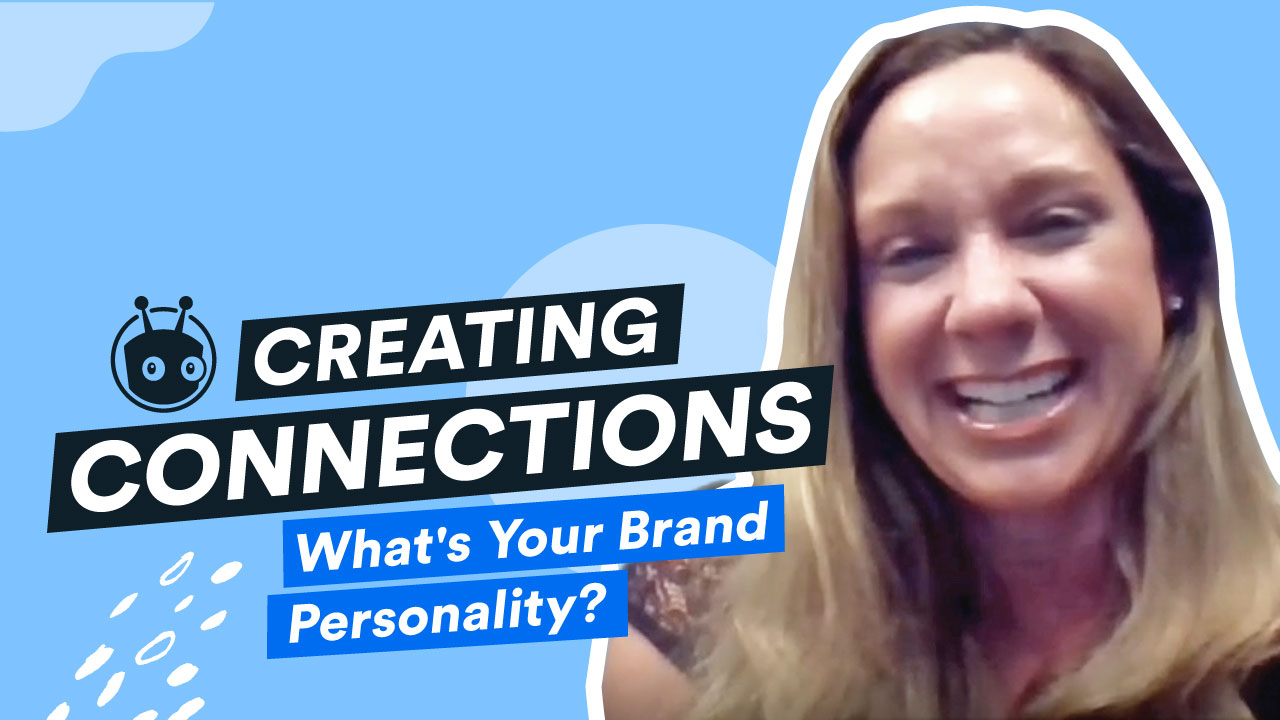
Going Forward with Your Video Podcast
Whether you choose the in-studio format with your hosts in the limelight, a wide-reaching guest-focused show using remote interviews, or your very own mix for optimal storytelling—once you’ve found the right podcast format, stick to it! Grow your listener base by providing consistent, quality content that your audience can rely on.
